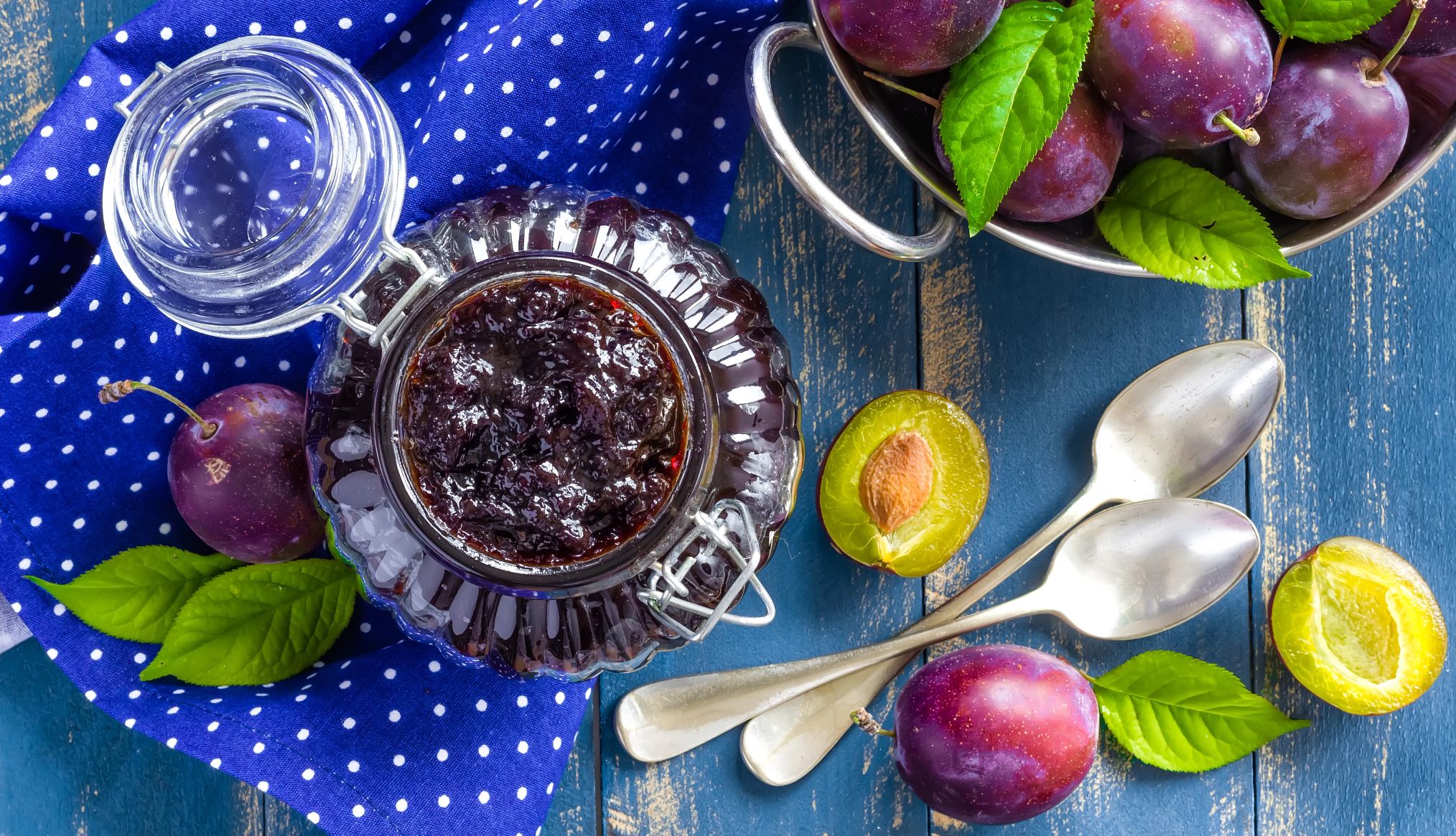AARP Hearing Center


Prunes can get a bad rap. Overshadowed by dates — which often come cloaked in bacon or stuffed with decadent cheese — prunes are often stereotyped as, well, a constipated old-person’s food.
But nutrition experts and researchers say it’s time to give prunes a second chance — and not just for digestive support. Sweet, affordable and portable, the nutrient-packed dried fruit has been shown to support bone health, heart health, brain health and more.
“Prunes are a really nice way to add a whole food to your diet that can decrease inflammation, work through the gut and yield beneficial effects on bone,” says Mary Jane De Souza, distinguished professor of kinesiology and physiology at Penn State University.
Here’s what else might surprise you about the power of prunes.
What are prunes?
Prunes are a type of dried plum. While not all plums can become prunes, all prunes are former plums. The particular variety of plums that become prunes, called “French” or “d’Agen,” dry well because they’re relatively large and high in natural sugars. California produces 99 percent of the prunes in the United States and 70 percent of the world’s prune crop, according to the University of California’s Division of Agriculture and Natural Resources.
While plums have health benefits on their own, prunes have a longer shelf life and tend to be more versatile. They’re used in savory Mediterranean dishes, as a sugar or fat substitute, or as a snack or a dessert on their own, says Serena Ball, a registered dietitian nutritionist outside of St. Louis and coauthor of The Smart Mediterranean Diet Cookbook.
A single prune has about 20 calories, and it’s rich in fiber, vitamin K, copper, potassium and magnesium. Prunes are particularly high in polyphenols, an inflammation-fighting plant compound, Ball says. “Because it’s a super dark fruit, you know that there’s lots of concentrated sources of those polyphenols,” she says.
A bag of about 25 prunes costs less than $6. That investment can pay off in myriad ways. Yes, including help with constipation. And because one-third of older adults deal with a stopped-up colon on occasion, this well-known benefit of prunes is important. But the fruit benefits other body systems too.
1. Supports strong bones
Move over milk — prunes seem to be another great way to build and support strong bones, in part due to their vitamin K and potassium content.
For “The Prune Study,” which was funded by the California Prune Board and has yielded multiple scientific papers, De Souza and colleagues randomly assigned about 200 55- to 75-year-old postmenopausal women to eat either five to six prunes daily, 10 to 12 prunes daily, or no prunes at all. All women also received calcium and vitamin D, as is standard of care.
The researchers followed the participants over the course of a year to see if or how prune consumption affected various health markers. Among other takeaways, they found eating five to six prunes a day was linked to the prevention of bone mineral density loss and the preservation of certain measures of bone structure and strength when compared to prune abstainers.
“That is really, really important because that decreases fracture risk,” De Souza says.
A follow-up analysis of the research, published in the journal Nutrients, found that the women who’d eaten 10 to 12 prunes daily had maintained more bone mineral density than the other groups — five years after the study ended. There’s some work, too, showing that men can also benefit from prunes’ bone-boosting effects.
“We don’t have the same body of literature [on men], but we hypothesize that there would be beneficial effects as well,” says Connie Rogers, professor and head of the Department of Nutritional Sciences at the University of Georgia.
2. Improves heart health
Adding prunes to your grocery list may also help protect against cardiovascular disease, the leading cause of death worldwide.





































































More From AARP
6 Blood Pressure Myths, Debunked
The truth behind the foods, drinks and habits that affect your numbers8 Major Health Risks for People 50 and Older
A look at the top killers — and how to dodge them
8 Easy Ways to Get More Fiber
You’ll improve digestion and could live longer tooRecommended for You